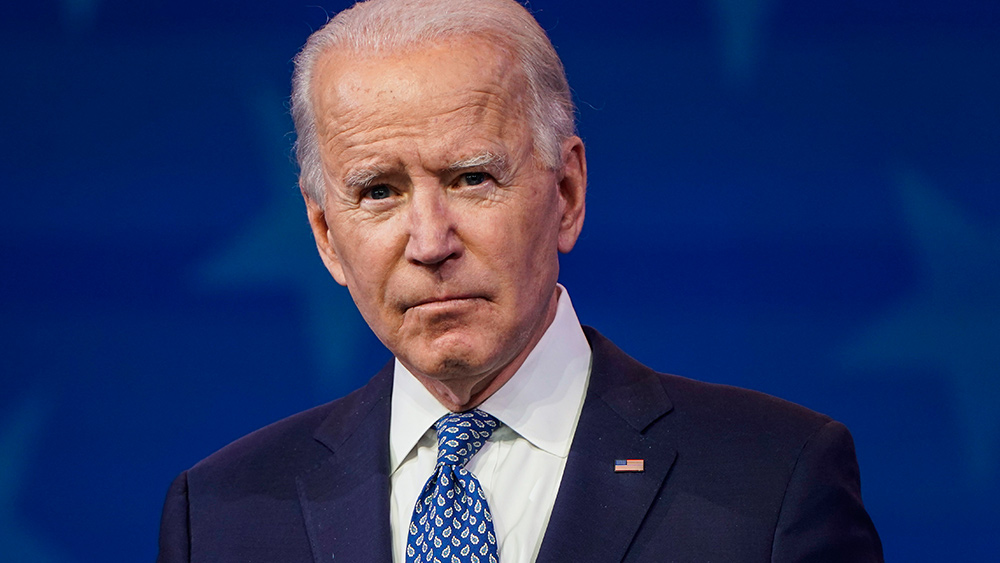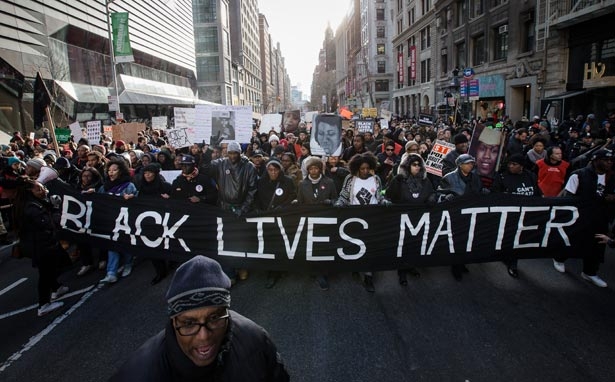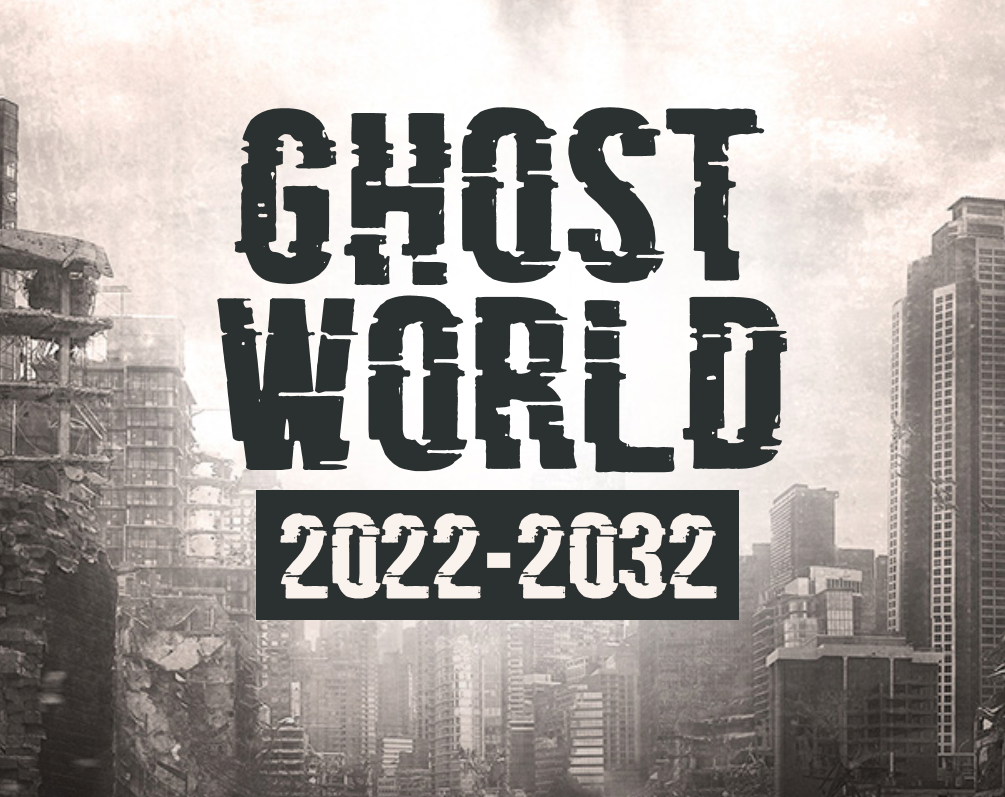New life insurance data from Aegon shows an increase of over 258% in benefit payouts in post-vaccine 2021 vs. a year earlier
02/02/2022 / By Ethan Huff

During the first nine months of 2021, the global life insurance industry was hit with Wuhan coronavirus (Covid-19) claims totaling $5.5 billion, compared to $3.5 billion for the entirety of 2020.
The figures were even worse in the United States, however. According to Dutch insurer Aegon, which conducts two-thirds of its business in the United States, claims during the third quarter of 2021 were $111 million, up from $31 million a year earlier. This represents a more than 258 percent increase.
Numerous other insurance carriers, including MetLife and Prudential Financial, are reporting similar increases. Many of them say they were forced to burn through far more cash than planned, cutting into the capital they set aside to ensure solvency.
South Africa’s Old Mutual, for instance, used up more of its plandemic provisions to pay claims. Reinsurer Munich Re also had to raise its 2021 estimate of Covid-19 life and health claims from 400 million euros to 600 million euros. (Related: Another insurance company, OneAmerica, reported a 40 percent increase in death claims after the vaccines were introduced.)
“The long-term nature of life insurance products – often lasting 20 years or more – means premiums are not yet capturing the risk that deaths or long-term illness from COVID-19 will likely remain higher than previously estimated,” reported Yahoo Finance.
“Competition in the industry is also keeping a lid on premiums.”
Life insurance companies didn’t start really feeling the hit until the “vaccines” were released
During the early days of the plandemic prior to when the “vaccines” from Operation Warp Speed were introduced, the insured United States population saw 12 percent more deaths than average, according to research data from the life insurance trade association LIMRA.
“For the insurance industry, that’s not huge because we have resources,” said Marianne Purushotham, the company’s chief actuary. “We’re always trying to compare the new variant to the initial shock.”
A majority of the deaths that occurred in 2020 also had a relatively muted impact on the life insurance industry because it was mostly older people without life insurance who died.
That all changed in 2021, however, when the injections started getting plunged into people’s arms. All of a sudden, new “variants” started appearing out of nowhere that affected other age groups, including young people, who were not dying prior to the jabs.
We now know that these so-called variants are just vaccine-induced illness that sometimes results in death. This means that life insurance carriers are being stretched to the limit not by “covid” but by the vaccines and the deaths they are causing.
“We take into account the possibilities of more transmissible and less transmissible (variants),” said Narges Dorratoltaj, a scientist at the modeling firm AIR, about how insurance carriers are looking at how to plan for the future.
“We cannot say specifically which path we are going to follow but we are trying to come up with the possible ranges to at least narrow down the possible outcomes.”
Since the government is pushing more and more “booster” shots, these possible outcomes are likely to include many more “variants” that cause injury and death. That will result in the insurance industry being hit even harder with claims, potentially bankrupting some of them.
“Excess deaths could continue as the virus becomes endemic, similar to influenza which causes many deaths each year despite vaccines,” Yahoo Finance added.
“More deaths or long-term illnesses will require insurers to set aside more reserves to pay claims, and may force them to raise premiums.”
More of the latest news about the impact of the Wuhan coronavirus (Covid-19) on the global economy can be found at Collapse.news.
Sources for this article include:
Submit a correction >>
Tagged Under:
Aegon, claims, coronavirus, COVID, deaths, life insurance, Plandemic, risk, Vaccine deaths, vaccine wars, vaccines, variants
This article may contain statements that reflect the opinion of the author
RECENT NEWS & ARTICLES
COPYRIGHT © 2017 RISK NEWS



















